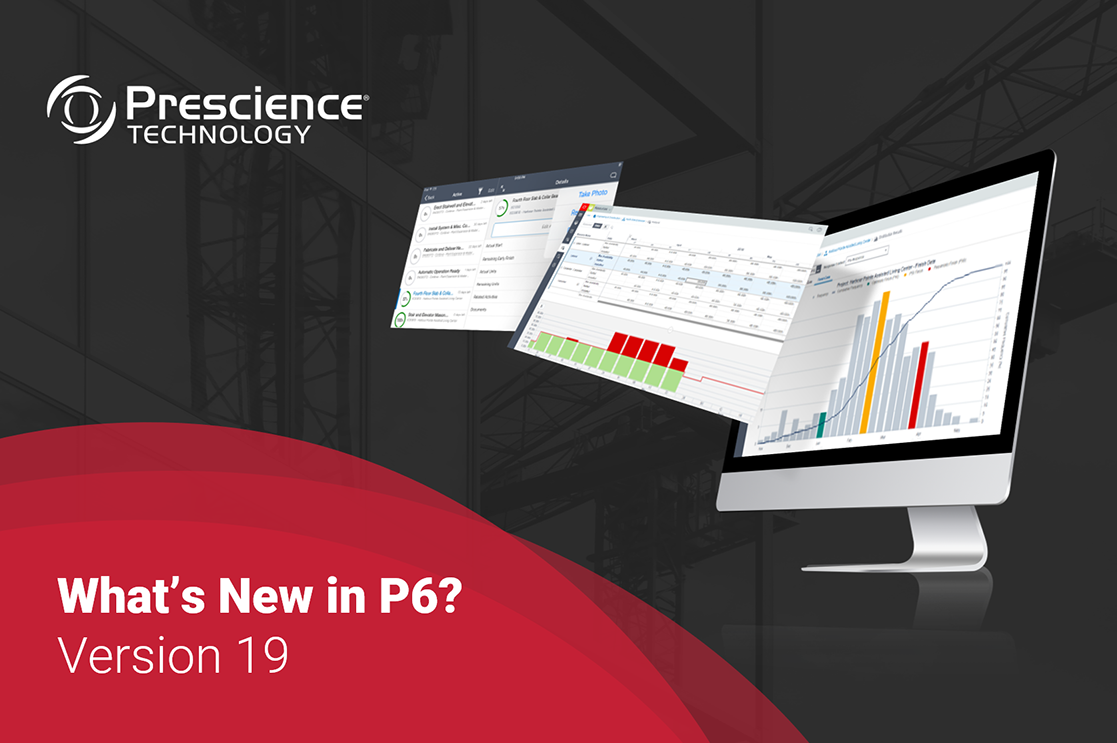The Clear Imperative for Cloud Applications
Research shows that legacy ERP 1.0 systems were not designed for usability and insight. More than three quarters of business leaders say their current ERP system doesn’t meet their requirements, let alone future plans. These systems lack modern best-practice capabilities needed to compete and grow. To enable today’s data-driven organisation, the very foundation from which you are operating needs to be re-established; it needs to be “modernised”. Oracle’s goal is to help you navigate your own journey to modernisation by sharing the knowledge we’ve gained working with many thousands of customers using both legacy and modern ERP systems. To that end, we’ve crafted this handbook series outlining the fundamental characteristics that define modern cloud enterprise applications.
59% of global companies report being burdened by ERP landscape complexity which creates challenges in their: IT systems, business processes, company policies, governance models and data management.
From ERP 1.0 to ERP 2.0
The rapid evolution of the cloud has dramatically altered the ERP landscape for companies of all sizes. Coupled with mobile platforms, our work anywhere/anytime culture requires modern cloud-based ERP systems not tied to yesterday’s back office, on-premises environments. This next generation of ERP, or “ERP 2.0,” builds upon the formidable history of “ERP 1.0,” but eliminates the need for multi-year projects and heavy customisation.
ERP 2.0 delivers solutions rapidly through the cloud so organisations can respond quickly to volatile markets and industry disruption, while supporting next-generation employees with security, insight and agility.
Business-critical collaboration and decision making depends upon both enterprise data access and analysis, and modern ERP systems deliver the infrastructure and tools required to do the job. The world is far more complex and competitive than when ERP 1.0 first arrived on in-house mainframes. Finance and technology are inexorably linked, as growing volumes of data drive not just operations and reporting, but critical business decisions. Aligning ERP 2.0 with a company’s people and products delivers digitally enabled business agility, which translates into greater operational and sales success.
Now is the Right Time to Modernise Your ERP
There is no argument that legacy ERP 1.0 systems deliver significant horsepower to run your organisation, set customer experiences, and directly impact how you fare against competitors. However, you need to consider the technological and generational changes taking place in your business and how your current on-premises environment could be holding you back. Regardless of business size, there are three key inflection points where the need to modernise becomes apparent; most organisations are experiencing at least one point today:
Operational Efficiency
Does your current ERP support your operational goals? Consider if you’ve acquired a company using a different ERP; your legacy ERP is in need of an upgrade; you’re launching a subsidiary; or you’re moving to a shared-services model. If you are faced with any of these scenarios, achieving operational efficiency has become a priority; therefore, ERP modernisation needs to be part of the conversation.
Digital Transformation
Today’s users demand a level of collaboration and ease not previously expected from on-premises solutions. In addition, their expectations for ERP systems reflect the ubiquity of digital technology in their lives. They also require a single source of truth that cascades all operational functions; real-time analytics with customised role-based dashboards, plus mobile access, with social collaboration – all with ease and speed in upgrades.
Growth and Confidence
Growth is often synonymous with global expansion, increasing financial complexity with distinct accounting, reporting and compliance requirements. Add in acquisitions, divestitures, new markets, customer growth or IPO preparations, and the need to model these opportunities and their impacts requires having the right systems with processes in place to support increased regulatory scrutiny.
Whichever inflection point describes your organisation, you need a modernisation strategy that fits your needs, culture, budget, and timeline. Acknowledging where your current ERP does not support your business objectives is the first step in your ERP modernisation journey.





